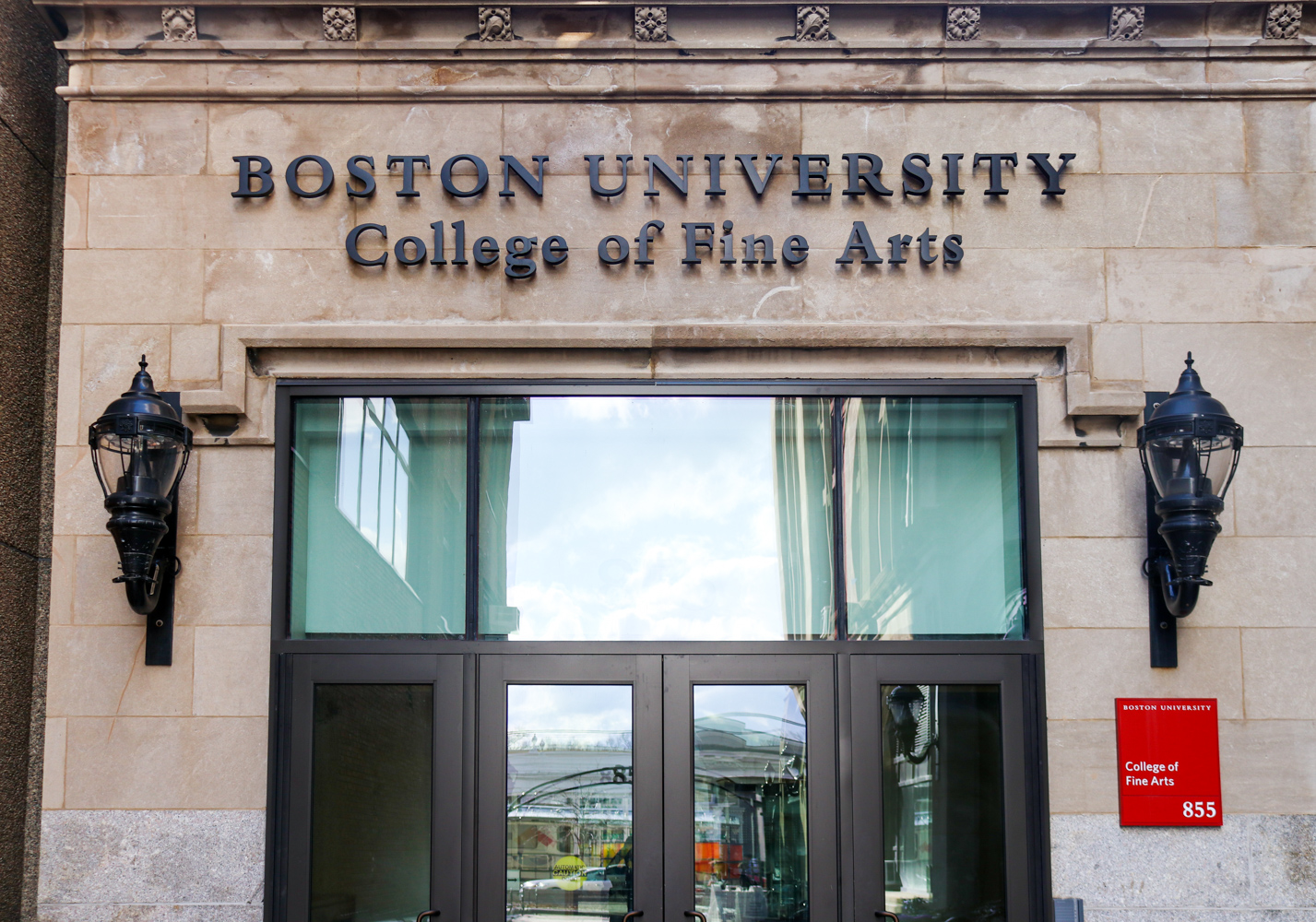Police are investigating the death of a Boston University pharmacology graduate student after responding to a call that resulted in a Level 3 Hazmat procedure, officials said.
On Monday evening, Boston Police Department officers responded to a call regarding an overdose at 676 Massachusetts Ave., where they found the victim on the floor and “attempted to speak to the victim to no avail,” according to a redacted version of the police report.
News reports said the student’s death appeared to have been a suicide.
Officials, however, could not confirm details surrounding the death or elaborate on the investigation.
Police have not confirmed or released the victim’s identity, according to an email from BPD.
Firefighters later entered the apartment to look for certain chemical hazards based on what the victim may have ingested, said Boston Fire Department spokesman Steve MacDonald.
“Based on information we were getting, we suited the firefighters up in protective clothing, we evacuated the building,” MacDonald said. “About 12 people were evacuated from several apartments.”
Four police officers and two emergency medical technicians who first arrived on the scene were checked into Boston Medical Center for any hazardous material on their clothing or any contamination, MacDonald said. They were released at about midnight. Firefighters found nothing hazardous and left the scene at about 1:45 a.m., he said.
“Whenever there’s a chemical issue . . . we always call hazmat, which then in turn calls the fire department,” said BPD spokeswoman Nicole Grant.
Boston emergency medical services sent the victim to BMC and treated her for “an overdose of an unknown quantity of prescription pills,” according to the report, although investigators said she might have ingested a chemical related to cyanide.
The woman was later pronounced dead at BMC, MacDonald said.
MacDonald said a Level 3 Hazmat situation is the highest level and dictates how firefighters respond and the protocols they follow.
The chief, based on what he was told, determined that firefighters should enter the situation with the most protective suits the department had, he said.
Maria Ober, director of communications for the BU School of Medicine, said the doctoral pharmacology student was studying the affects of aging on the brain and had access to a Level-2 lab that “involves low-risk work.”
Ober said a standard biomedical research lab, such as the one the victim worked in, has a range of chemicals including acetone, nitrogen, sugars and corrosive chemicals.
These chemicals are used in very low quantities, she said.
“They are standard chemicals,” she said. “It’s found in standard biomedical research laboratories.”
Ober said Boston police and fire departments are providing information to the school, which will continue to look into the matter after they have information.
“We have no evidence at this point of anything missing from the lab,” she said. “Once we receive additional information from the authorities, we will continue to look into it.”
The medical examiner is going to determine the cause of the death, Ober said, and the school is still waiting on that.
“This has been a very sad day for this community – this is a tragedy, and right now it’s been a very difficult day for everyone here,” Ober said, “and right now our thoughts are with the family and her friends and her colleagues here.”



























































































































